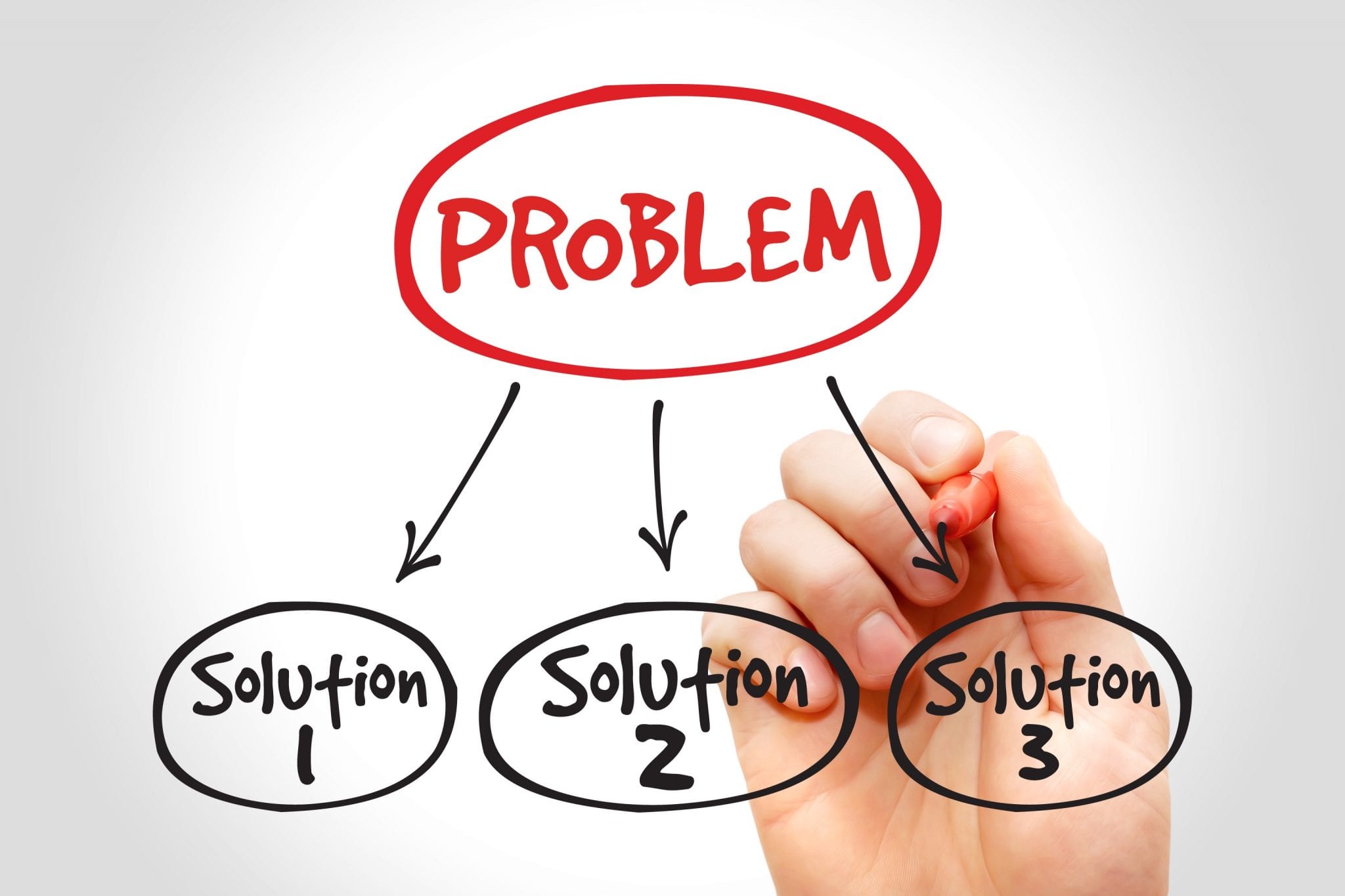The Significance of Effective Problem Handling
Becoming proficient in handling problems is crucial for various aspects of life, be it personal or professional. Mastering problem-solving skills can lead to increased productivity, better decision-making, and improved interpersonal relationships. By tackling problems effectively, individuals can minimize stress, reduce the likelihood of future complications, and foster a sense of accomplishment.
Identifying the Problem: Understanding the Root Cause
Accurately identifying the problem is a critical step towards becoming a master of handling problems. By understanding the root cause, you can ensure that your efforts are focused on addressing the core issue rather than merely treating the symptoms. This approach leads to more effective, long-lasting solutions and reduces the likelihood of future complications.
To accurately identify the problem, consider the following techniques:
- Define the problem: Clearly articulate the issue in a concise and specific manner. Avoid generalizations and focus on the facts.
- Analyze the situation: Gather relevant information and data to better understand the context and contributing factors. Look for patterns, trends, or anomalies that may provide insights into the root cause.
- Question assumptions: Challenge your own assumptions and biases. Be open to alternative perspectives and consider whether there might be other underlying issues at play.
- Avoid superficial solutions: Resist the temptation to jump to conclusions or settle for quick fixes. Instead, invest time and effort in understanding the root cause, as this will ultimately lead to more sustainable and impactful solutions.
By mastering the art of problem identification, you will be better equipped to tackle challenges with confidence and find truly effective solutions.

Developing a Problem-Solving Mindset
Cultivating a proactive and positive approach to problem-solving is essential for becoming a master of handling problems. A problem-solving mindset involves embracing challenges as opportunities for growth, learning, and improvement. By adopting this perspective, you can develop resilience, enhance your ability to navigate complex situations, and foster a sense of empowerment.
To develop a problem-solving mindset, consider the following tips:
- Embrace challenges: Recognize that obstacles and difficulties are a natural part of life. Instead of avoiding them, view them as opportunities to learn and grow.
- Stay curious: Cultivate a sense of curiosity and a willingness to explore new ideas. This mindset can help you approach problems with an open and creative attitude.
- Focus on continuous improvement: Adopt a growth mindset by focusing on continuous learning and development. This approach can help you overcome setbacks and build resilience.
- Practice self-compassion: Be kind to yourself when facing challenges or setbacks. Recognize that everyone makes mistakes and that they are valuable learning opportunities.
- Seek support: Don’t hesitate to ask for help or guidance when needed. Collaborating with others can provide fresh perspectives and insights, enhancing your problem-solving abilities.
By developing a problem-solving mindset, you will be better equipped to tackle challenges with confidence and find innovative solutions.
Creative Problem-Solving Techniques
Effective problem-solving often requires a creative approach. Applying innovative techniques can help you generate unique ideas, challenge assumptions, and find unconventional solutions. Here are some creative problem-solving techniques to consider:
- Mind-mapping: This visual brainstorming tool involves creating a diagram to organize and explore ideas related to a problem. By visually connecting concepts, you can stimulate creative thinking and identify new patterns or relationships.
- Lateral thinking: Coined by Edward de Bono, lateral thinking is a problem-solving approach that encourages thinking “outside the box.” Lateral thinking techniques include challenging assumptions, questioning the status quo, and exploring multiple perspectives to generate novel solutions.
- The Six Thinking Hats method: This technique, also developed by Edward de Bono, involves dividing problem-solving into six distinct categories, each represented by a different colored hat. By mentally “wearing” each hat in sequence, you can ensure that you consider a problem from various angles, promoting comprehensive and creative thinking.
These creative problem-solving techniques have been successfully applied in various fields, from business to education to personal development. By incorporating them into your problem-solving process, you can enhance your ability to find innovative solutions and become a master of handling problems.
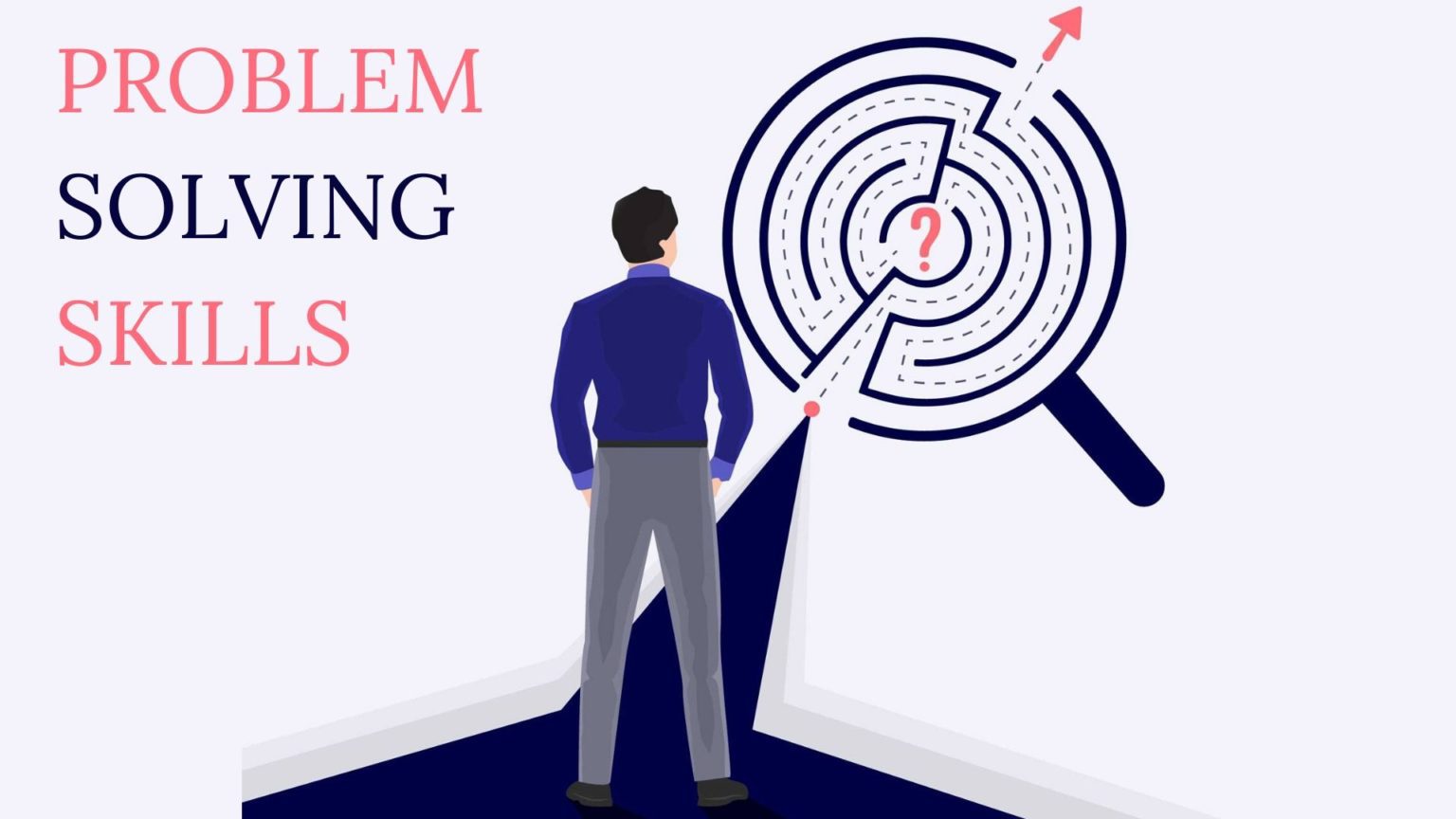
Collaborative Problem-Solving: Leveraging Collective Intelligence
Collaborative problem-solving is a powerful approach that harnesses the collective intelligence of a group to generate innovative solutions. By fostering a collaborative problem-solving environment, you can tap into the diverse perspectives, experiences, and expertise of team members, leading to improved outcomes and enhanced problem-solving skills.
The benefits of collaborative problem-solving include:
- Increased diversity of ideas: Collaboration allows for the exchange of unique ideas and viewpoints, which can lead to more creative and effective solutions.
- Improved communication: Collaborative problem-solving encourages open dialogue, active listening, and constructive feedback, promoting better understanding and trust among team members.
- Enhanced commitment to solutions: When individuals contribute to the problem-solving process, they are more likely to feel invested in and supportive of the final solution, increasing the likelihood of successful implementation.
To foster a collaborative problem-solving environment, consider the following tips:
- Encourage active participation: Ensure that all team members feel welcome and encouraged to contribute ideas and opinions. This can be achieved by creating a safe and inclusive space where everyone’s input is valued and respected.
- Promote open-mindedness: Encourage team members to approach problems with an open mind, considering multiple perspectives and avoiding assumptions or biases. This can help to generate a wider range of creative solutions.
- Establish clear goals and expectations: Clearly define the problem, desired outcomes, and roles and responsibilities of team members. This can help to ensure that everyone is on the same page and working towards a common goal.
- Provide structure and guidance: Use collaborative problem-solving techniques, such as the Nominal Group Technique or the Delphi Method, to guide the problem-solving process and ensure that all voices are heard.
By leveraging collective intelligence through collaborative problem-solving, you can enhance your ability to find innovative solutions and become a master of handling problems.
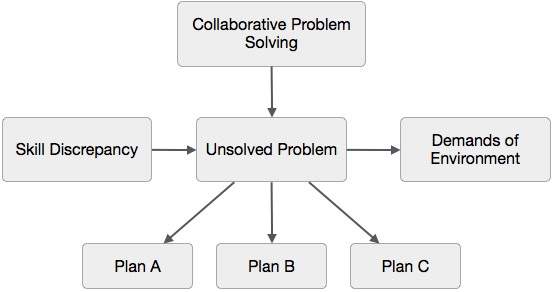
Implementing and Evaluating Solutions: Ensuring Success</h
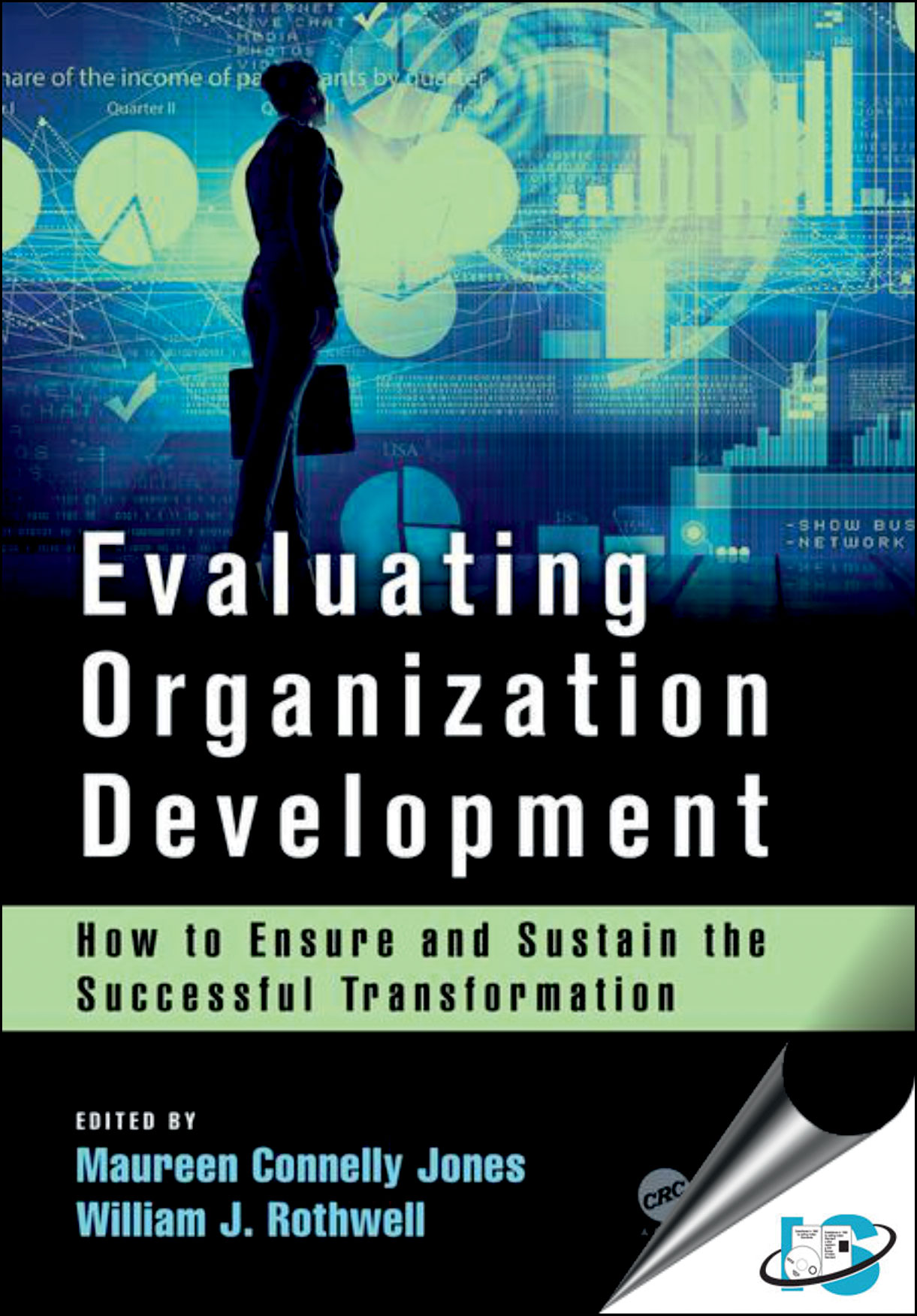
Maintaining Problem-Solving Skills: Continuous Learning and Improvement
To become a master of handling problems, it is essential to embrace continuous learning and improvement in problem-solving skills. This approach ensures that you stay current with new techniques, expand your knowledge, and enhance your ability to tackle complex challenges. Here are some tips for maintaining your problem-solving skills:
- Stay up-to-date with new techniques: Regularly explore new problem-solving methodologies and tools. Attend workshops, webinars, and conferences to learn about the latest trends and best practices. Reading books, articles, and research papers on problem-solving can also help expand your knowledge and skillset.
- Seek feedback: Regularly solicit feedback from colleagues, supervisors, or mentors regarding your problem-solving abilities. Constructive criticism can help identify areas for improvement and provide valuable insights for refining your approach.
- Reflect on past experiences: Periodically review your past problem-solving experiences to identify successes and failures. Analyze these instances to determine what worked, what didn’t, and how you can improve in the future. This self-reflection can help you develop resilience and become more adaptable in your problem-solving approach.
- Practice, practice, practice: Like any skill, the more you practice problem-solving, the better you become. Seek out opportunities to apply your problem-solving skills in various contexts, both professionally and personally. This practice will help you build confidence and competence in your abilities.
By committing to continuous learning and improvement, you can enhance your problem-solving skills and become a master of handling problems. This dedication will not only benefit you but also positively impact your organization and interpersonal relationships.
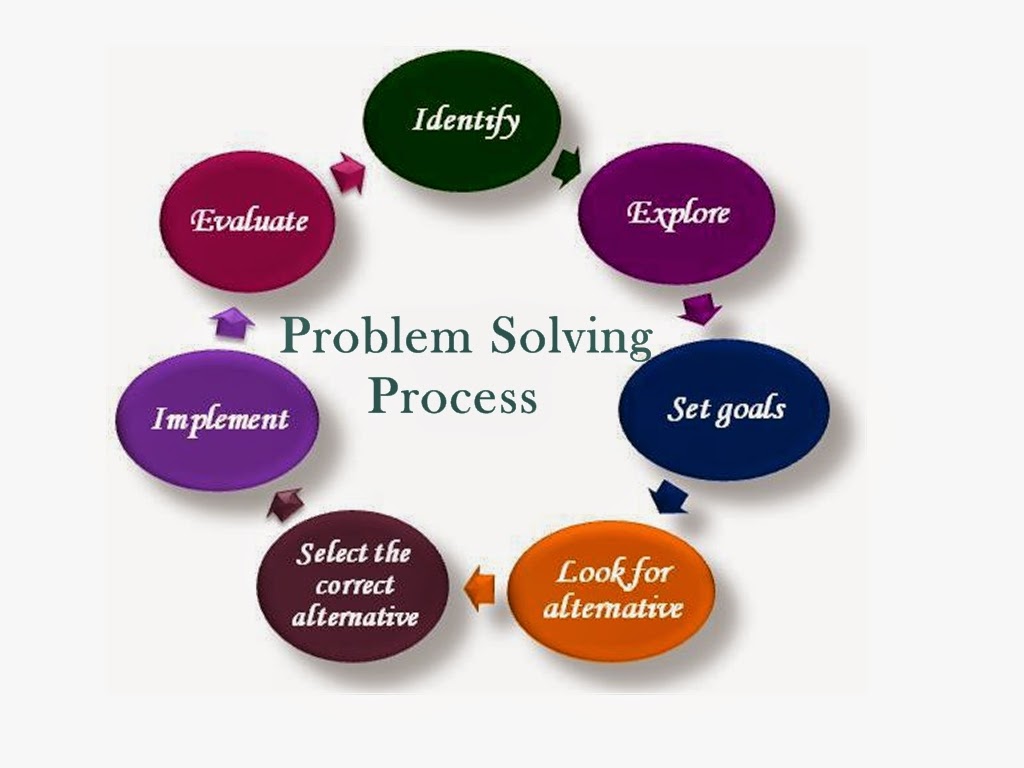
Overcoming Common Problem-Solving Challenges
Problem-solving is a critical skill, but it often comes with challenges that can hinder progress and hinder success. To become a master of handling problems, it is essential to understand and address these common obstacles. Here are some common challenges in problem-solving and strategies for overcoming them:
Time constraints
Challenge: Tight deadlines can lead to hasty decisions and superficial solutions. Strategy: Prioritize problems based on urgency and importance, allocate sufficient time for problem identification and solution generation, and break complex problems into smaller, manageable tasks.
Emotional involvement
Challenge: Personal emotions, such as fear, anxiety, or frustration, can cloud judgment and hinder effective problem-solving. Strategy: Practice mindfulness and emotional intelligence to recognize and manage emotions, maintain objectivity, and seek input from others to ensure a balanced perspective.
Groupthink
Challenge: A tendency for group members to conform to a dominant viewpoint can lead to the rejection of alternative ideas and potential solutions. Strategy: Encourage diversity in team composition, promote open communication, and consider implementing a “devil’s advocate” approach to challenge groupthink and foster critical thinking.
Inadequate resources
Challenge: Limited resources, such as budget, personnel, or technology, can hinder the implementation of effective solutions. Strategy: Prioritize resource allocation, explore cost-effective alternatives, and seek external support or partnerships to overcome resource limitations.
Lack of motivation or commitment
Challenge: Insufficient motivation or commitment from stakeholders can undermine the success of a solution. Strategy: Clearly communicate the benefits of the solution, involve stakeholders in the problem-solving process, and establish accountability mechanisms to ensure follow-through and commitment.
By understanding and addressing these common challenges, you can enhance your problem-solving abilities and become a master of handling problems. Overcoming obstacles will not only improve your personal growth but also positively impact your organization and interpersonal relationships.
